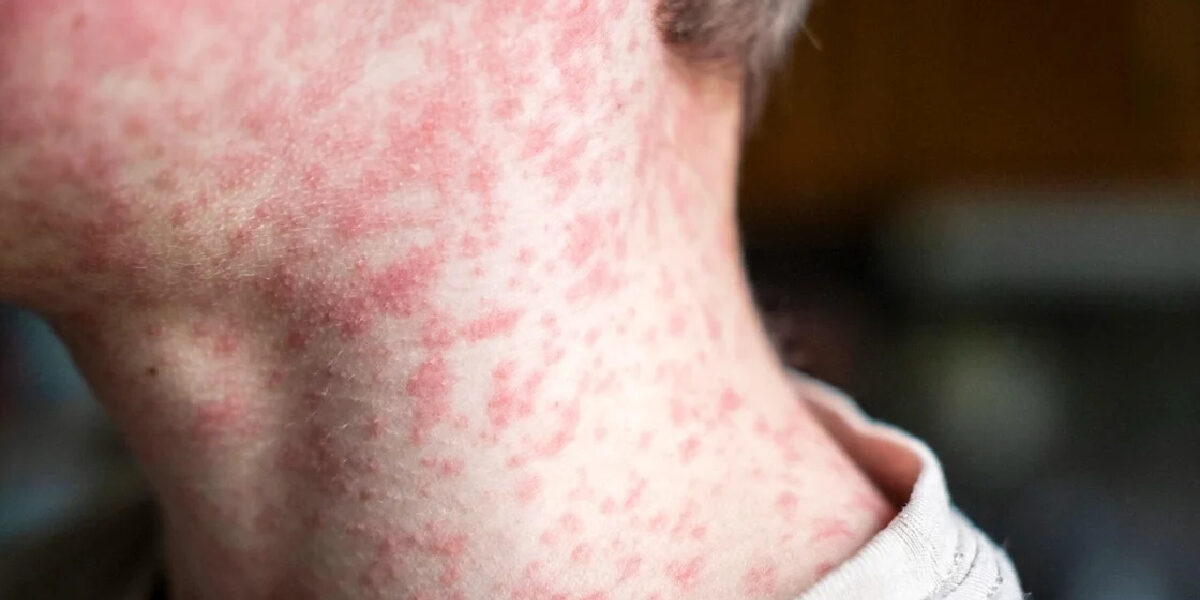Health officials in South Carolina have placed 153 unvaccinated students under quarantine after they were exposed to measles at two schools in Spartanburg County — Global Academy and Fairforest Elementary School.
During a media briefing on Thursday, the South Carolina Department of Public Health (DPH) confirmed that the quarantined students lacked immunity to the virus and would be excluded from in-person classes until the potential transmission period ends.
Officials also reported the state’s 11th measles case this year, marking the eighth case since September 25.
“This latest case indicates there is active, unrecognized community transmission of measles in the Upstate,” DPH said in a statement. “It’s essential for the public to ensure they’re vaccinated to prevent further spread.”
In an additional release on Friday, the department emphasized that measles is highly contagious, noting the virus can remain airborne for up to two hours after an infected person leaves the area. The MMR vaccine (measles, mumps, and rubella) remains the most effective way to protect against infection.
Medical experts warn that measles can cause severe lung and brain infections, which may lead to hearing loss, cognitive issues, or even death. However, they stress that the vaccine is safe and highly effective.
The outbreak in South Carolina reflects a nationwide resurgence of measles. In Minnesota, two new cases were reported this week, bringing the state’s total to 20 infections, mostly among unvaccinated children.
Earlier this year, the U.S. recorded its highest number of measles cases in over three decades, according to the Centers for Disease Control and Prevention (CDC) — including an outbreak in West Texas that resulted in two child deaths.
CDC data shows that U.S. measles vaccination rates have declined, from 95.2% in the 2019–2020 school year to 92.7% in 2023–2024. This drop puts many communities below the 95% herd immunity threshold, increasing the risk of outbreaks.
In the South Carolina Upstate region, health officials estimate only 90% immunity, leaving local communities vulnerable to continued transmission of the virus.
